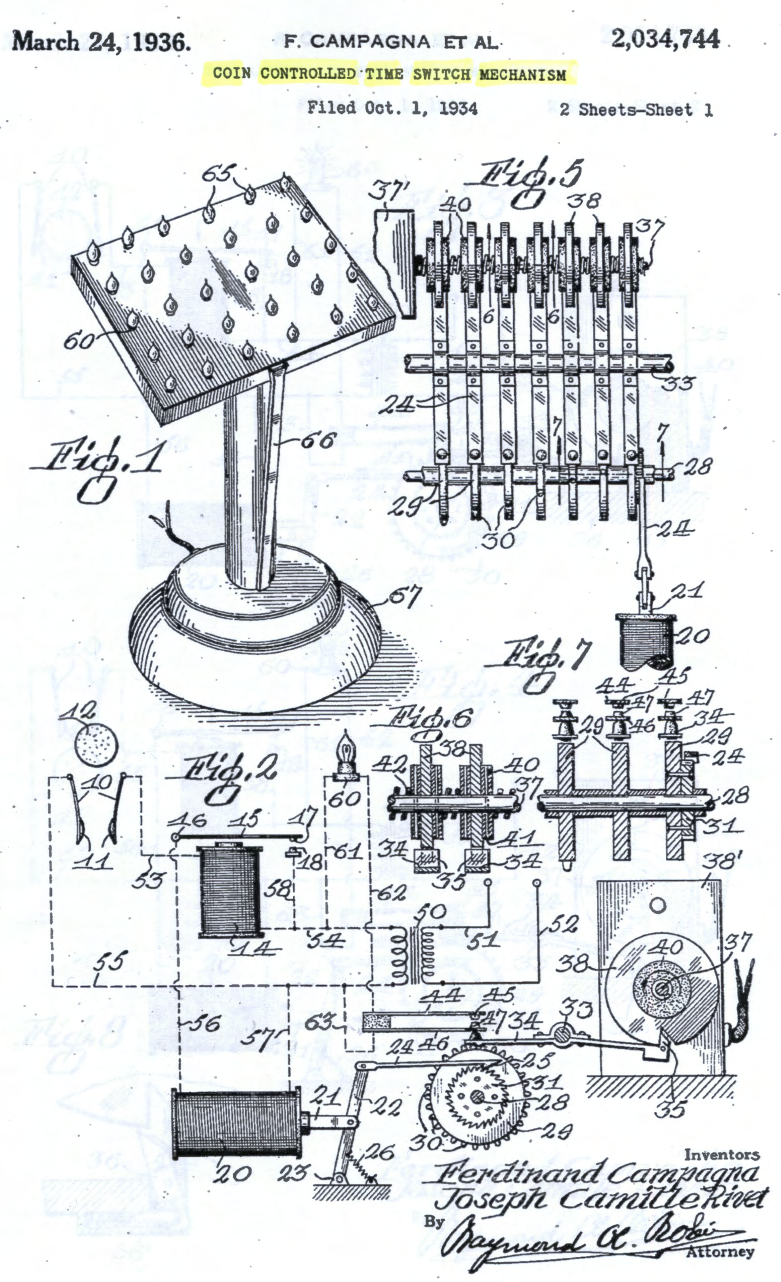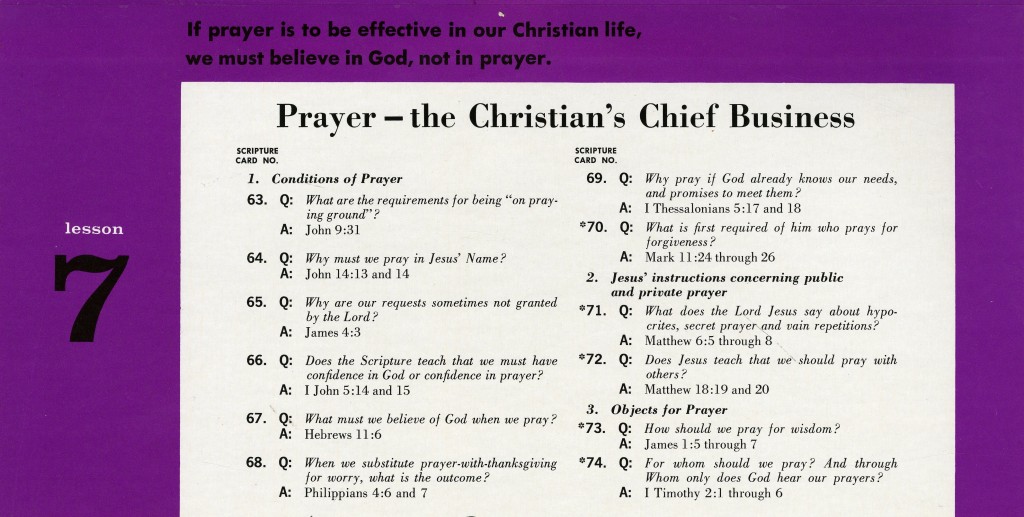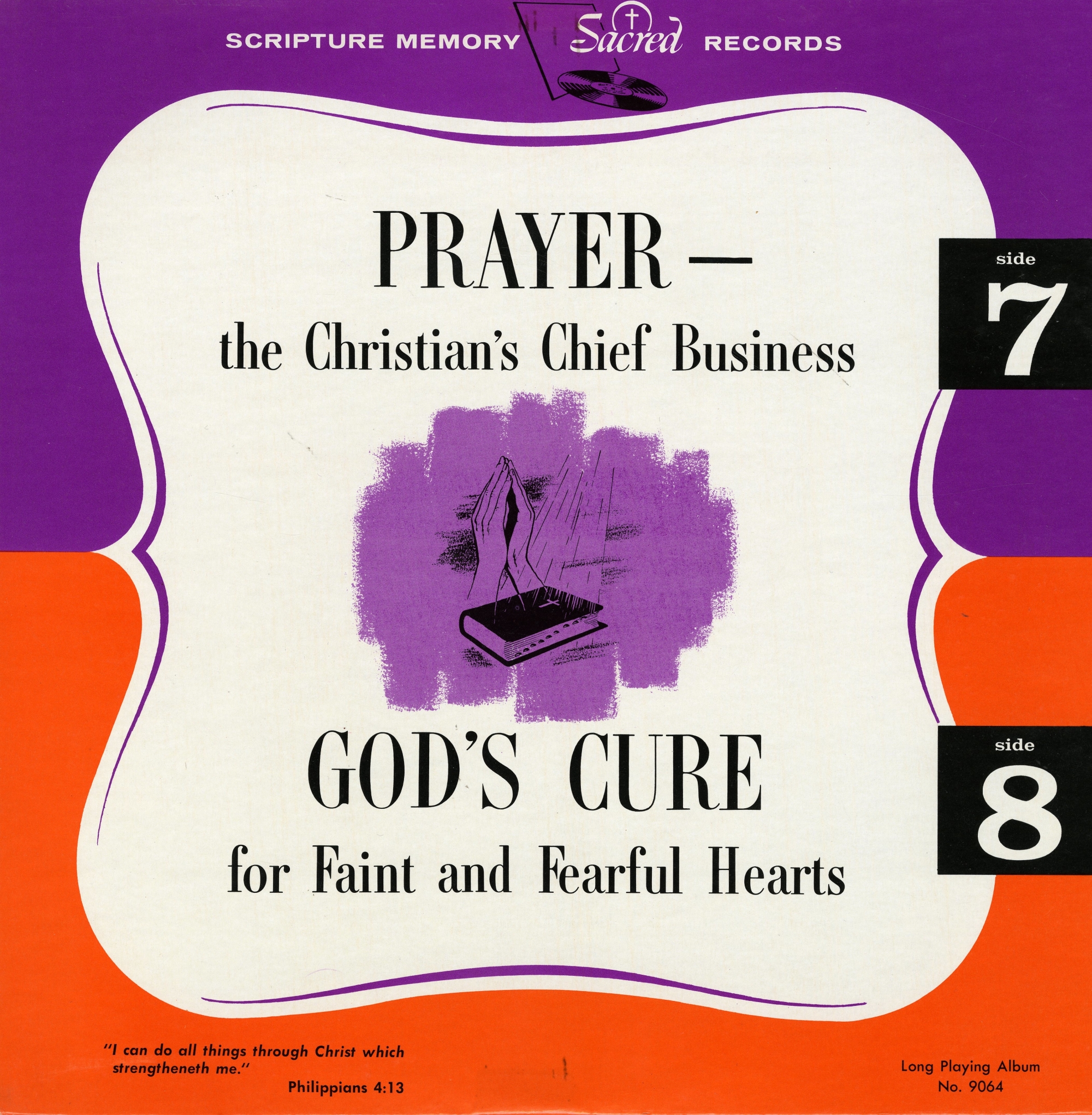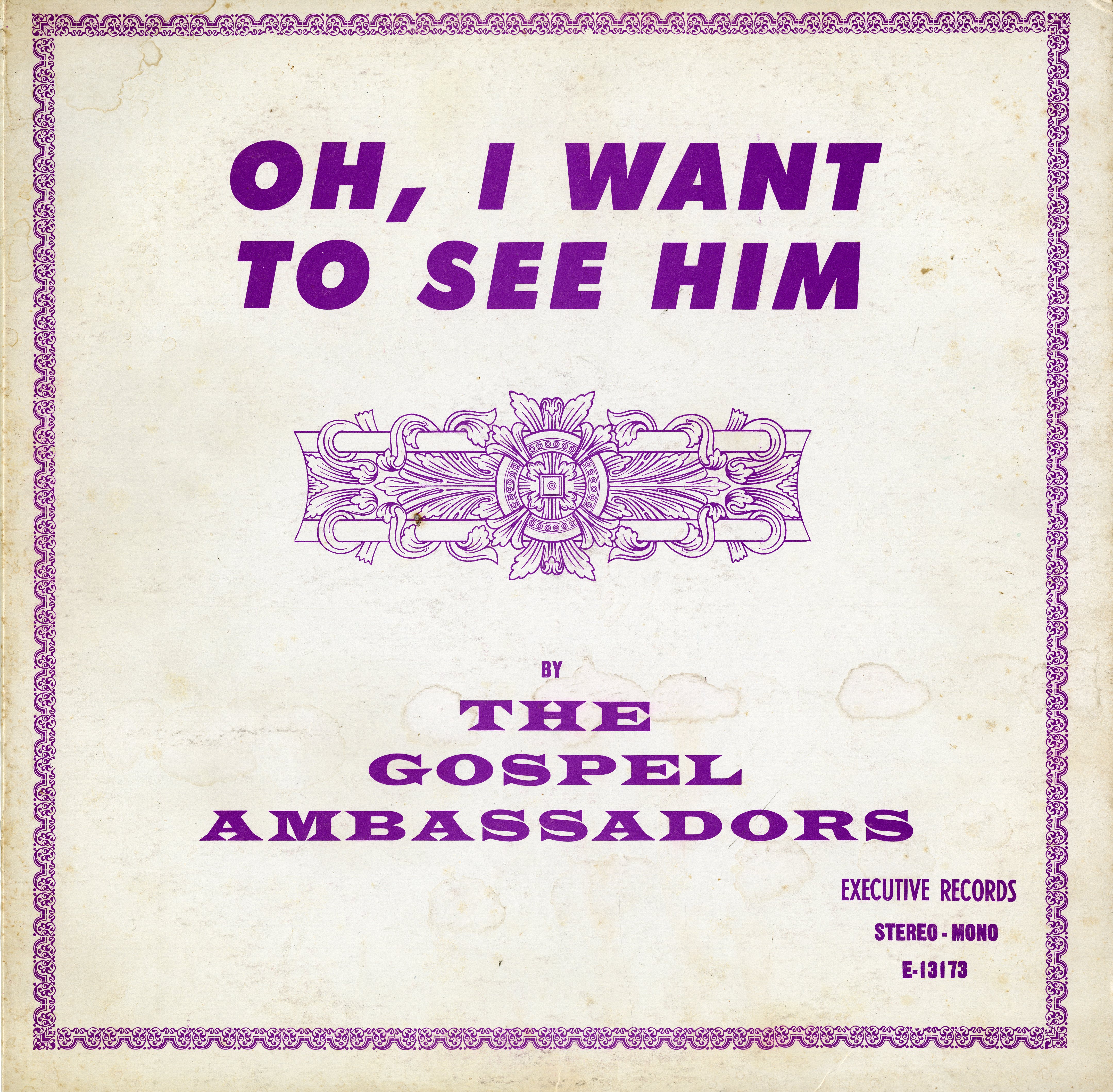[Editor’s Note: This essay resides within Anderson Blanton’s “The Materiality of Prayer,” a portal into Reverberations’ unfolding compendium of resources related to the study of prayer.]

Citing literary references from the fourteenth century, a folklorist lecturing on the history of the Rosary provocatively stated, “the word ‘bead’ (Anglo-Saxon beade or bede) meant originally ‘a prayer.’” Despite such early etymological gestures toward an inextricable relation between prayer and the material object, however, formative debates within anthropology and religious studies can be seen as precisely an attempt to isolate the practice of prayer from its material conduits. More specifically, participants in these formative debates have often described the history of prayer (and concomitantly the evolution of religion) as a progressive movement of abstraction from the mechanical efficacy of the thing itself (incantation, object, and gesture) toward an increasingly intellectual endeavor beholden to the contingent demands of “faith.” Such narrations of prayer as a developmental history of interiorization into the cognitive recesses of the modern subject have had lasting consequences for the academic study of religion.
Scholars have tended to describe prayer as a predominantly intellectual act oriented by the exercise of volition, generally neglecting the way these imagined inner experiences are intimately related to bodily techniques, material objects, technologies and built environments which subsist and circulate “outside” the cognitive interiorities of the religious subject. In short, the academic theorization of prayer itself mimics a crucial performative moment in the history of Protestant faith healing: at the very moment when the patient must make tactile contact with a material supplement to open a communicative relay between the sacred and the everyday, the proscriptions of the curative technique simultaneously renounce the objectile through the phrase, “Only Believe!” (see for instance: The Radio as Prosthesis of Prayer).
Against this foundational narrative of prayer as a history of abstraction, this collection of objects seeks to recuperate the old etymological resonances of prayer as a “bead,” as a gloss for both materiality and mechanized rhythms or repetitions (see for instance: Electric Votive). In so doing, this exhibition explores the ways in which prayer is intimately intertwined with material objects that actively organize performative techniques and embodied experiences within the practice of prayer. A new definition of prayer emerges from this focus on materiality. Unencumbered by a long history of scholarship that conceives of prayer strictly in terms of articulations of the voice and an interior circuitry of will and representation, the materiality of prayer collection describes prayer as a particular sensory attunement emerging at the interface between the assumed everyday capacities of the body and its technological extensions and material supplementations. Articulating the shifting sensorial registers organized in different religious traditions and technological environments, this collection will demonstrate that the social and experiential force of prayer often subsists within sensations that reverberate before or beneath the clearly demarcated intellectual categories of “belief.” This collection will concretely describe a new history of prayer, not as a retreat into the silent recesses of the religious subject, but as a progressive exteriorization through media technologies and material objects into the “apparatus of belief.”





